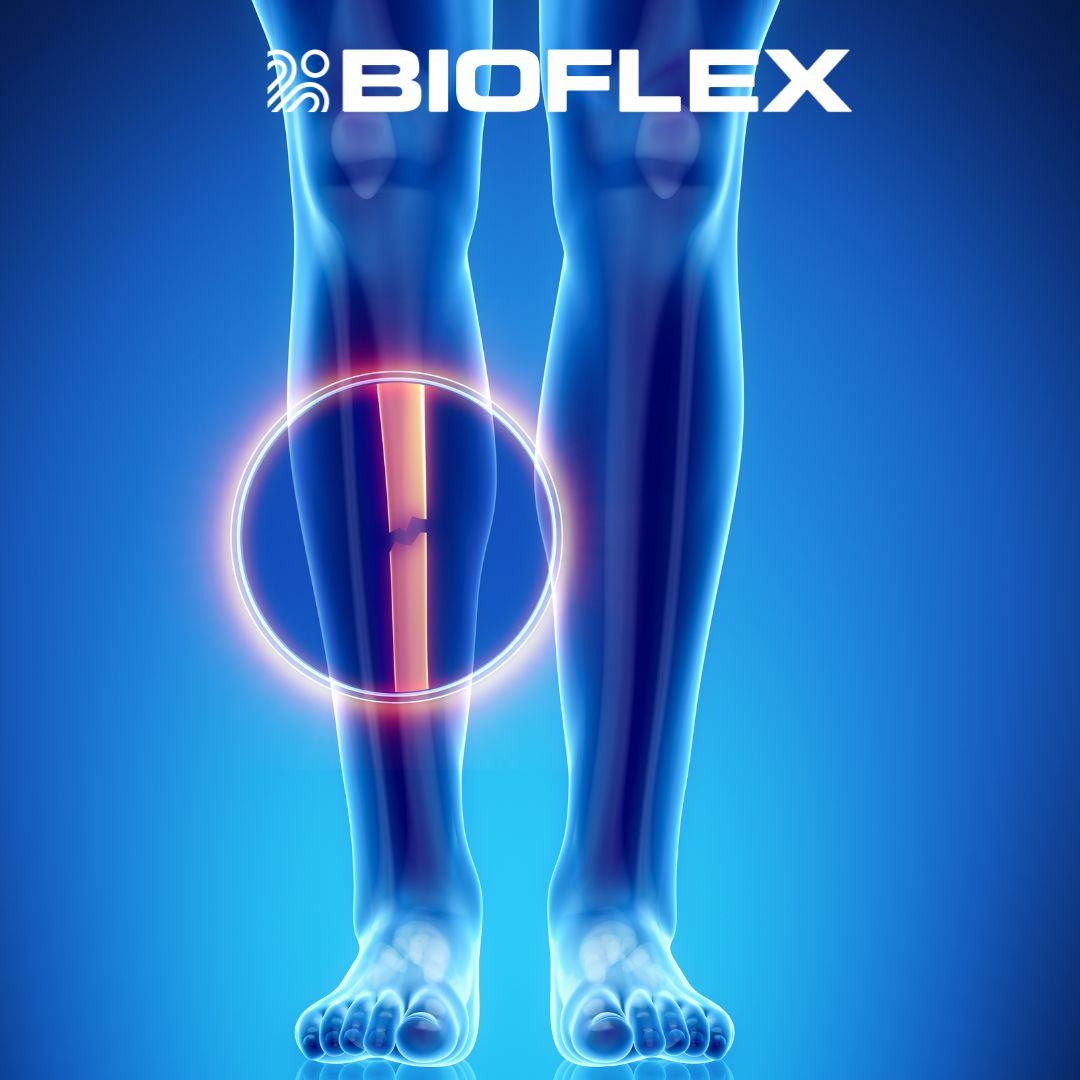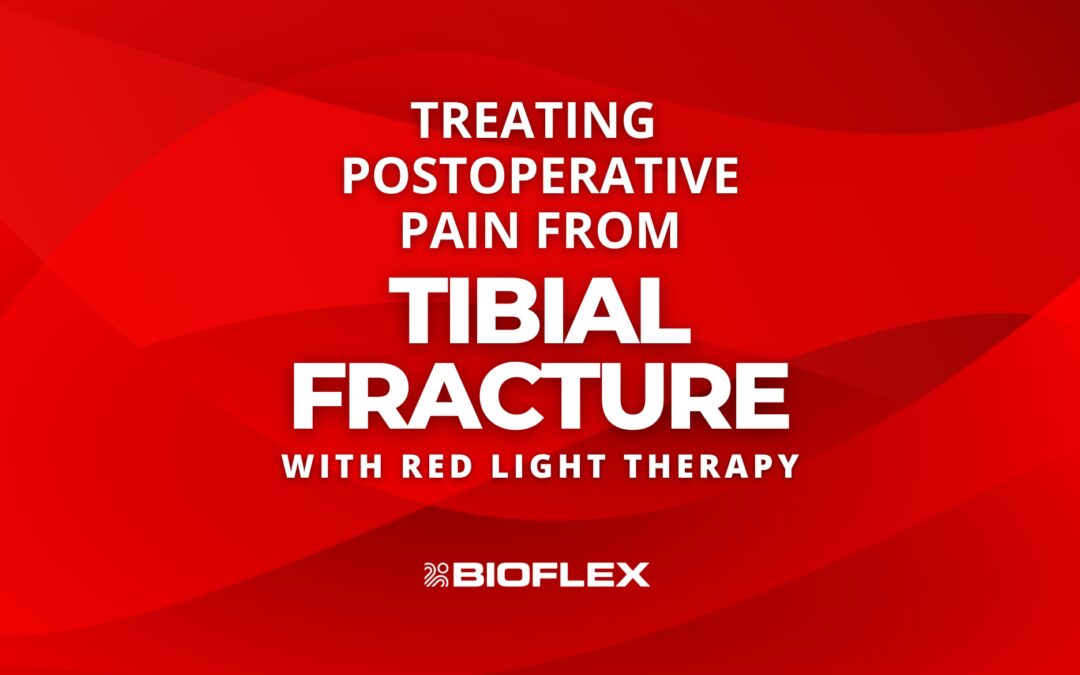Postoperative pain management is an essential component of patient care following tibial fracture surgery. Recent research has shown that laser therapy may be a promising non-pharmacological method for reducing pain and promoting healing in such cases.
This article will explore the effectiveness of laser therapy in treating postoperative pain from tibial fracture, highlighting the benefits and the current evidence supporting this approach. For a deeper understanding, we will also provide links to the relevant studies.


Understanding Tibial Fractures and Postoperative Pain
Tibial fractures are common lower extremity injuries that often require surgical intervention. Patients who undergo surgery for these fractures typically experience postoperative pain, which can hinder their recovery and negatively impact their quality of life. Traditional pain management methods, such as medication and physical therapy, may not always be effective or may have undesirable side effects. This has led researchers to explore alternative pain management techniques, including low level laser therapy (LLLT) or photobiomodulation therapy (PBMT).
Laser Therapy: An Overview
LLLT involves exposing the affected area to specific wavelengths of light in the red and near infrared spectrum, which are absorbed by cells and can help promote callus bone formation, soft tissue regeneration, reduce inflammation, and alleviate pain. Laser therapy has been used for decades to treat most musculoskeletal conditions including strains, tendinopathies and sprains.Benefits of Laser Therapy for Postoperative Pain Management
Laser therapy offers several advantages over traditional pain management methods, including:- Non-invasive and drug-free
- No known side effects based on over 1000 randomized control trials
- Accelerates the healing process
- Can be used in conjunction with other treatments
Evidence Supporting Laser Therapy for Postoperative Pain from Tibial Fractures
Recent studies have shown promising results for the use of laser therapy in managing postoperative pain from tibial fractures. Here are some key findings:Study 1: Reduced Pain and Inflammation
A randomized controlled trial conducted compared the effectiveness of LLLT and placebo in treating postoperative pain from tibial fractures. The results demonstrated that patients who received laser therapy experienced a significant reduction in pain and inflammation compared to the control group. Study can be found here: The Effect of Low-Level Laser on Postoperative Pain After Tibial Fracture Surgery: A Double-Blind Controlled Randomized Clinical Trial – PMC (nih.gov)Study 2: Synergistic Effects with Physical Therapy
A systematic review analyzed the scientific literature regarding the use of PBMT in the process of bone defect repair. The authors examined 37 research papers and 33 concluded PBMT has positive photobiostimulatory effects on bone regeneration, accelerating its process regardless of parameters and the use of biomaterials.. Study can be found here: Systematic-Review_Escudero_2019_PBMT-in-bone-repair.pdf (relieve.com.au)
